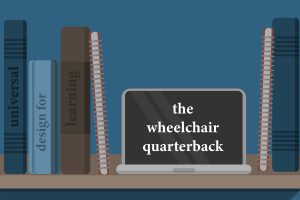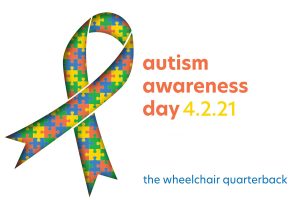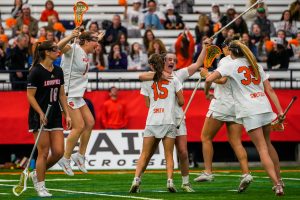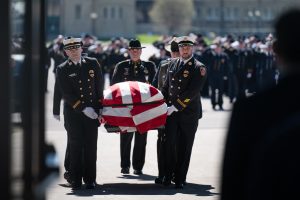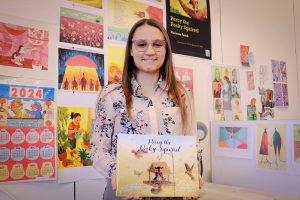Parents, teachers call for larger focus on students with disabilities’ social-emotional learning
Parents, teachers call for focus on students with disabilities' well-being
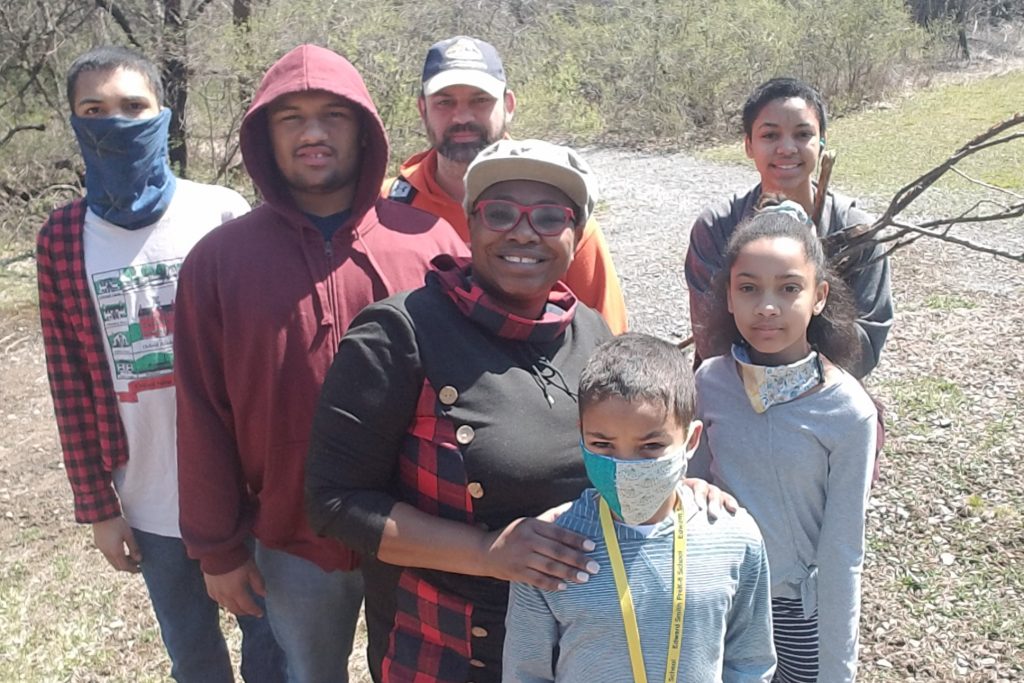
Sarah Tassini’s special education students attended gym class last week for the first time in almost a year.
Attempting to get this access for months, Tassini finally succeeded in giving her students some sense of normalcy as virtual and hybrid learning enters its second year in the Syracuse City School District.
During the pandemic, this has been one of Tassini’s many efforts to address her students’ physical, mental, emotional and social health at the Public Service Leadership Academy at Fowler High School. In SCSD – and districts across the nation – the pandemic has brought more attention to mental health issues surrounding students with learning and developmental disabilities. Yet, as SCSD plans for more in-person learning options in April, returning to the classroom will only increase schools’ need to address these students’ overall wellbeing, Tassini said.
Schools should start planning for the fall now, Tassini said, so that teachers can properly prepare their students and train themselves to teach accurate social-emotional learning practices.
“We have so many people higher up making these decisions, and I just feel like sometimes this population just gets left out of like their thought when they’re making these decisions,” Tassini said. “And I know we make up a small population, but like these kids are already marginalized.”
In general, people with developmental disabilities are more susceptible to mental health issues like anxiety, phobias, obsessive-compulsive disorder, mood disorder and psychotic disorder than the wider population, which makes them increasingly sensitive to various pandemic stressors, according to the National Center for Biotechnology Information.
Relying heavily on routine and consistency, students with disabilities struggled more than other students with the shift to online learning and social isolation, said Christine Ashby, associate professor of inclusive special education and disability at Syracuse University. Often, addressing these struggles falls to students’ families, she said.
SCSD parent Samantha Pierce’s son, Isaiah, is currently enrolled in Tassini’s hybrid class in his third year of high school. With four other children navigating virtual learning, Pierce said it has often been hard for her and her husband to help Isaiah while attending to their other children and working their jobs.
During virtual learning, Pierce said Isaiah lost access to “targeted, deliberate social interaction,” and even as hybrid learning continues, he is limited to few “hands-on life skills.” There have been some days where he is anxious and agitated, while, “like the rest of us,” he also experiences feelings of depression and stress due to the pandemic, she said.
“We have to work really hard to always be reading his behavior to understand his internal state,” Pierce said.
Knowing when he was young that Isaiah would be more vulnerable to mental health issues, Pierce said her family has been prepared on how to address different events but emphasized that not all families experienced this back in March.
“The thing that really distinguishes the quality of services that a student gets is how hard their families are willing to fight how prepared their families are to fight whether or not they have someone who can walk them through the process of fighting and advocating,” Pierce said.
Reflecting on the last year, Pierce said the district has not been “transparent” with families about their plans and decisions regarding virtual learning, even though “there’s such an opportunity here to build connections with families, to genuinely engage with families and find out what we’re struggling with and where we need help.”
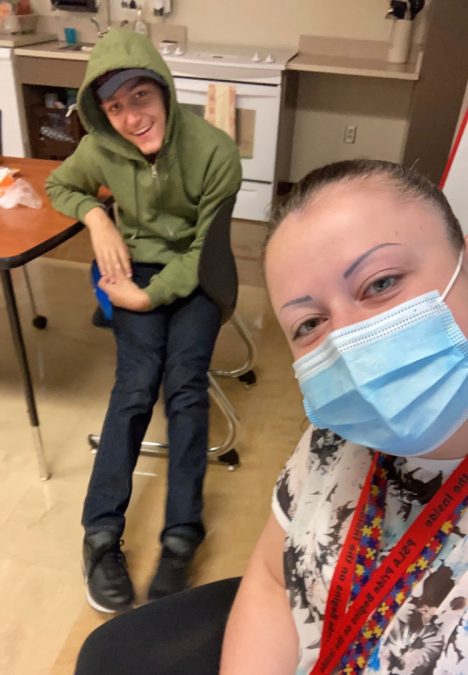
Transitioning to hybrid learning in October, students with disabilities additionally struggled to adapt their learning style around social distancing and other COVID-19 restrictions, Tassini said.
Tassini said her students are losing important one-on-one support with academic and fine motor skills because they cannot participate in hands-on activities side-by-side with students or see Tassini’s mouth as she enunciates or reads from a book.
Because of virtual and hybrid learning, many students are losing “regular living skills, not just academics,” including “very basic skills that other people take for granted,” said Christina Stearns, chair of the Autism and Mental Health Initiative of Central New York.
Depending on their verbal communication skills, Tassini said some students with disabilities may not be able to accurately communicate feelings of stress or anxiety around the challenges they face. So, Tassini takes extra time during the school day to address her students’ well-being. Every day, Tassini and her and her students either talk about their feelings or process them visually. With their names on the SMART Board, Tassini often has her students move their names to one of the many pictured feelings she presents.
Although April’s in-person learning shift will not impact students with disabilities, Tassini said students with disabilities cannot just be thrown back into past in-person learning models in the fall. Special education teachers will most likely have to reteach “social appropriate behavior for schools, like raising your hand, taking your turn,” while also addressing the mental and emotional impact COVID has had on students the past year, Tassini said.
While all students will be adjusting from the pandemic, students with learning and developmental disabilities will face an added challenge.
“The ways that students with disabilities express themselves are often stigmatized and problematized and made into behaviors that need to be squashed rather than being seen as behaviors that are communicating their distress and their discomfort,” Pierce said. “That alone is going to make this transition extremely hard.”
Tassini anticipates that some students will benefit from a switch back to normalcy, while others will face challenges leaving the comfort of their homes, adjusting to new teachers and classmates or handling COVID-related anxiety.
Another change in their environment, routines and socialization can be “disruptive” for students with disabilities, Ashby said, so schools should put careful thought into their transition plans and how well they can prepare students before the shift.
“We need to be really thinking about them as whole people and that we need to make sure that we’re supporting sensory needs and movement needs and behavioral needs and communication needs and in really thoughtful and inclusive ways,” Ashby said.

